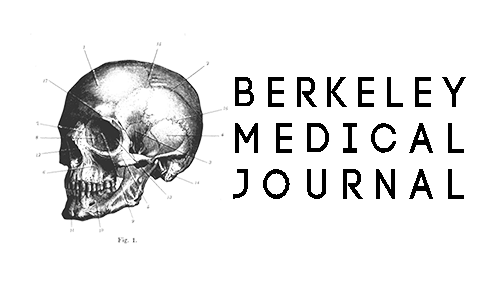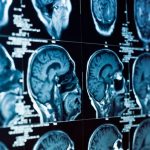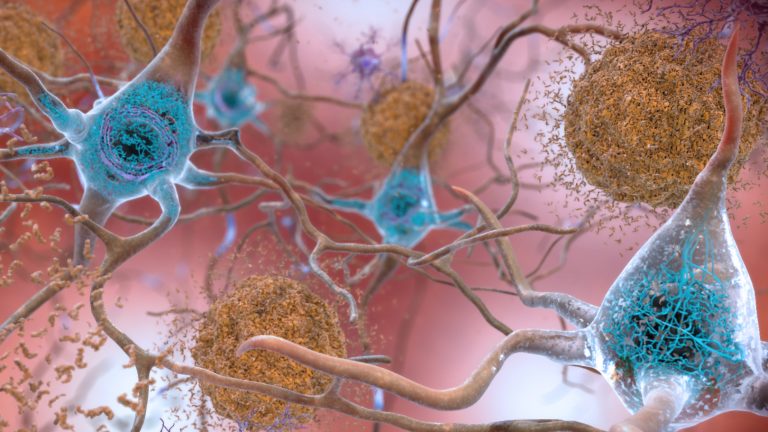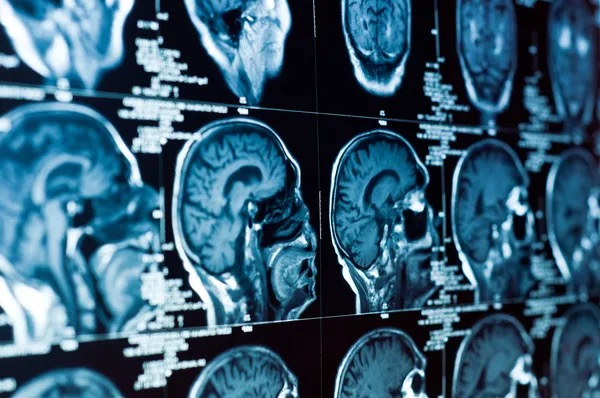By: Naomi Lenchner
Background
A study published in February 2023 by researchers at the University of California – San Francisco (UCSF) Memory and Aging Center identified genetic markers that could aid in diagnosing Creutzfeldt-Jakob Disease (CJD). Titled “PRNP expression predicts imaging findings in sporadic Creutzfeldt-Jakob disease,” the study introduces a potential novel diagnostic technique for this rare, highly aggressive, and fatal neurodegenerative disease, which currently has no cure or effective treatment. CJD is characterized by the accumulation of abnormal proteins in the brain known as prions. The rapid accumulation of mutated prion proteins can cause healthy proteins to fold abnormally, which leads to neuronal death. Typically, patients with CJD experience the first onset of symptoms (like severe memory loss, poor coordination, and muscle atrophy) approximately one year before the disease causes severe damage to the central nervous system (CNS), eventually leading to death.
Study structure and key findings
The UCSF study focused on sporadic CJD (sCJD) (the most common phenotype of the disease) accounting for 85 percent of all cases. The researchers used prion protein gene (PRNP) data from six healthy adult brains and T1-weighted and diffusion-weighted magnetic resonance imaging (MRI) data. These methods refer to a genre of high-resolution MRIs that use the movement of hydrogen atoms and diffusion of water molecules in the brain to produce more detailed imaging than a traditional MRI. Researchers used these imaging types on 34 patients diagnosed with sCJD and 30 healthy controls who were age and sex-matched to look for a correlation between variables in brain regions such as PRNP expression, mean diffusivity, volume, cortical thickness, and local gyrification index (a measure of cortical folding). The researchers found that the gene expression that codes for the prion protein, PRNP, was strongly linked to the development of diseases in the same family of sCJD. This family of diseases is known as Transmissible Spongiform Encephalopathy (TSE), which are characterized by the accumulation of abnormal prion proteins in the brain that eat away at neural tissues, causing sponge-like holes in the brain. Abnormal prion proteins are self-propagating and convert normal prion proteins from an alpha-helix conformation into a beta-sheet conformation, often resulting in TSE diseases such as sCJD.
Study significance and implications for broader research
The findings at UCSF are substantial as they provide unique insight into the underlying mechanisms of CJD and could potentially lead to the development of new treatments or diagnostic tools. The imaging results from the study suggest that PRNP expression shown in advanced MRI imaging can predict the onset of sCJD. Additionally, the implications of the study are consequential for other neurodegenerative diseases such as Alzheimer’s and Multiple Sclerosis, as they often follow a similar neuropathological pattern. A primary marker for the progression of Alzheimer’s, for example, is the accumulation of Tau proteins in the brain, which contort and “tangle,” causing neuronal cell death.
Despite the current lack of approved treatment options, this new research has identified factors that could potentially cause the disease, such as PRNP expression. By utilizing effective imaging technology to identify such markers, the potential to drastically change patient outcomes is made possible as new treatment advances for CJD come about. These developments are significant as deep-brain stimulation, immunotherapy, and most recently, monoclonal antibodies upcoming treatments being tested for CJD. An example of this new therapy is featured in an April 2022 study published in the Lancet Journal of Neurology, Prion protein monoclonal antibody (PRN100) therapy for Creutzfeldt–Jakob disease: evaluation of a first-in-human treatment programme. These new advances in treatment research, in tandem with the findings surrounding new diagnostic tools from UCSF, provide new hope for the fatal disease.






